
views
Pre-treating Your Stovetop
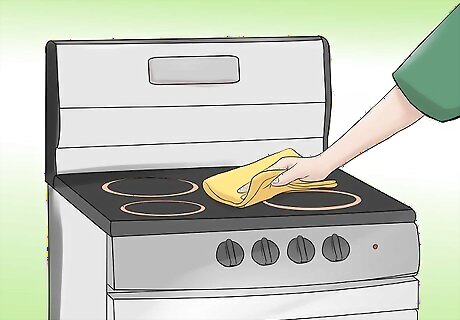
Wipe your stovetop with a water dampened rag. Burners should be cool to the touch. Use a clean, lint-free cloth, like an old t-shirt or dish towel. Thoroughly dampen it with water. Wring out any excess moisture. Lightly wipe all surfaces of the stovetop, including the tops and sides of coil burners. In some cases, you may only have a flat stovetop without coiled burners, like a glass topped stove. Generally, these stoves are simply wiped clean with a suitable cleaning agent, like window cleaner. Lint left behind on coil burners will smoke unpleasantly when you turn these on later. For this reason, only use lint free cloths to clean your electric stove.
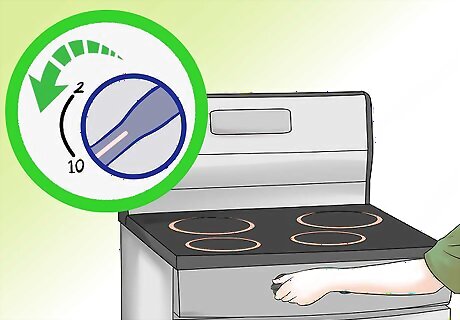
Turn burners to their highest setting. This is a self-cleaning measure designed into electric stoves. The high heat will burn off much of the remaining dirtiness on the coiled burner. However, in many cases, this feature only reduces dirtiness. A thorough cleaning is required for heavy dirtiness or stubborn buildup. This technique will likely cause smoke to rise from the burners. This is natural. Prevent your smoke detector from going off by turning on a stovetop fan or opening a window. When the smoke stops rising from your burners, they have burned off what they can. Turn off the burners at this point. Refrain from touching the burners with your bare hands shortly after turning them off. Doing so could result in burns.

Remove the burners from the stove. Allow the burners to cool fully before handling them. Most coil burners can be removed by tugging the burner in the opposite direction of its connection to the stove and lifting. Some stoves may have extra fasteners. Consult your user manual if you have difficulty removing your stove's burners. If you don't have the manual for your stove, look up its make and model number online. Most appliance manuals can be found in digital format online.
Removing Dirtiness from an Electric Stove
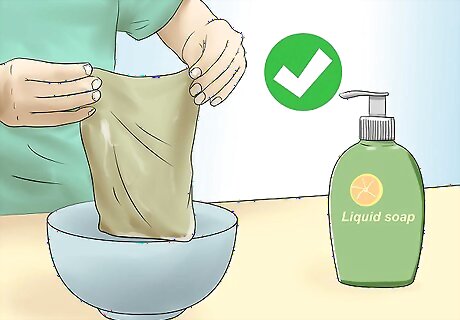
Scrub burners with a rag dampened with water and soap. Hold coil burners so the end that connects to the stove and supplies the coil with electricity does not get wet. Rinse your rag in warm water and wring out excess moisture. Apply dish soap to the rag and use it to scrub the coil burners. For especially dirty burners, you may need to “rinse” surfaces while cleaning. Wipe dirty burner surfaces down with a separate clean, lint-free, water dampened dishrag.
Use Bar Keeper's Friend and a scouring sponge for very dirty burners. Sprinkle the Bar Keeper's Friend over the burner. Then, wet the scouring sponge. Rub the sponge against the burner to remove any debris. This is an effective treatment for burners that you can't clean with just soap and water.
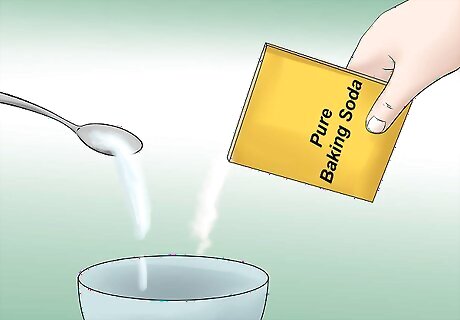
Break up stubborn buildup with baking soda. In a small bowl or cup, combine a half cup (118 ml) of baking soda and 3 or 4 tbsp (44.4 or 59 ml) of water. This will make a thick paste. Apply this paste to dirty burners for about 20 minutes. When the baking soda paste is through, remove it by wiping it away with a damp, clean, lint-free cloth. Rinse this cloth often to remove paste from it. This baking soda cleaning paste can be used to clean much of the stove. For example, you might want to save some to clean the areas beneath burners.
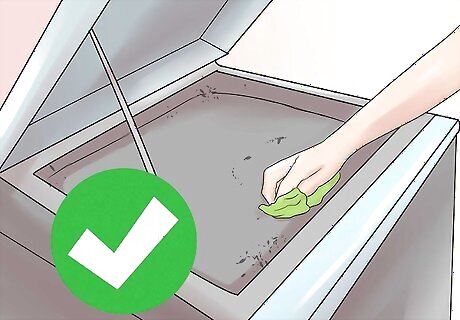
Clean the areas beneath the burners. Use a clean dishrag, warm water, and a little bit of liquid dish soap to wipe down these areas. If any baking soda paste remains, this can be used as a soap substitute. Lightly scrub dirty areas with a cleaning pad. Avoid getting the socket (connecting) end of the burner wet. In some cases, you may need a cooktop scraper to remove stuck-on gunk. These are usually made of a hard plastic to prevent scratches to your stovetop.
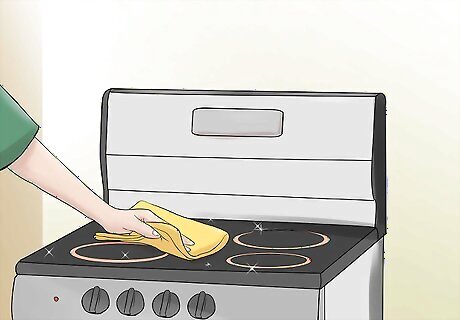
Reassemble the stovetop. Wipe all surfaces of your stovetop and coil burners with a dry, clean, lint-free dish towel. Reinsert your burners into their positions on the stove. Run each burner to verify you've installed each one correctly, then use your clean stovetop as you please.
Maintaining Your Electric Stovetop

Prevent messes by using liners beneath the burners. The sunken area beneath coil burners is called the drip pan. This part of the stove tends to get dirty quickly. Save yourself time and effort spent cleaning by using drip pan liners, which are available at most supermarkets and grocery stores. Save money by making your own drip pan liners out of aluminum foil. Layer the bottom of your drip pan with the foil and discard the foil when it becomes dirty.
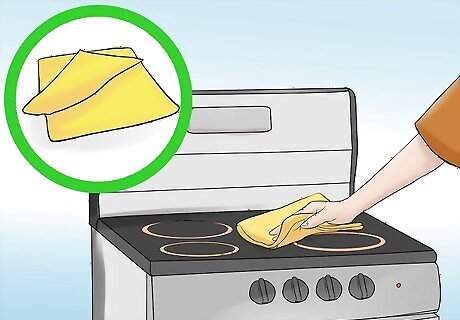
Wipe up messes as they occur. Every time the cooktop cools, you should wipe it with a clean, lint-free cloth. This will keep your stove looking neat and well maintained. It also helps to prevent heavy buildup that can be time-consuming to remove. Set a time every day you can make it a habit to lightly clean the stove. This will make it easier for you to remember to do regularly.
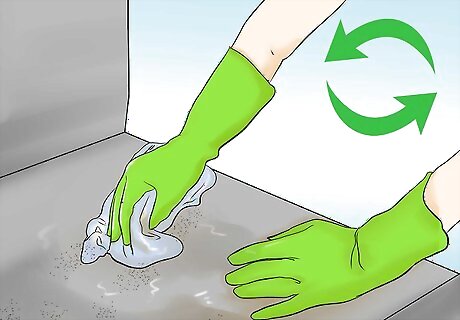
Deep-clean your stove regularly. Even cleaning messes as they occur, over time, spills and spatter will build up on the surfaces of your stovetop. Keeping up with your day to day light cleaning, however, should make a once a month deep-cleaning fast and relatively easy.















Comments
0 comment